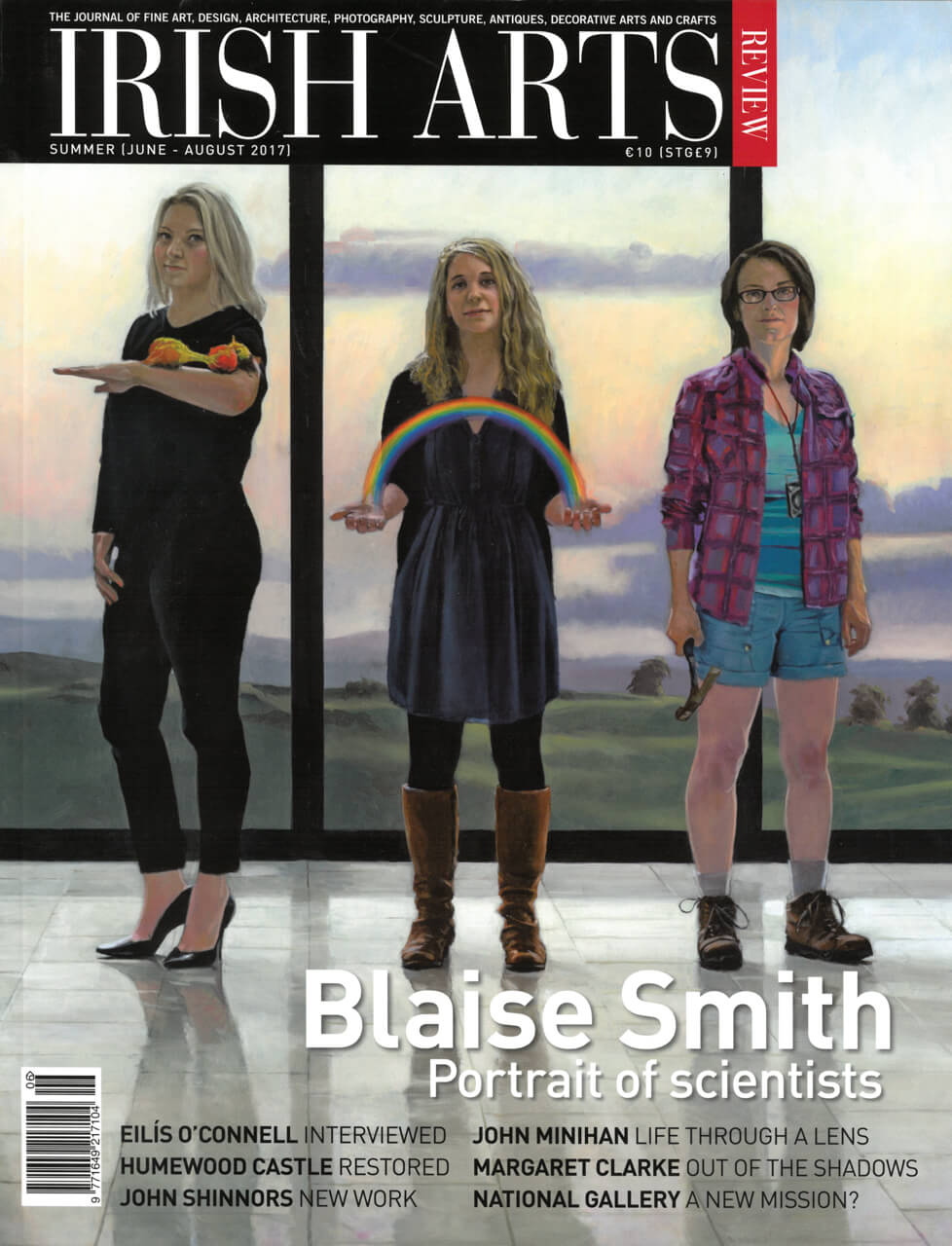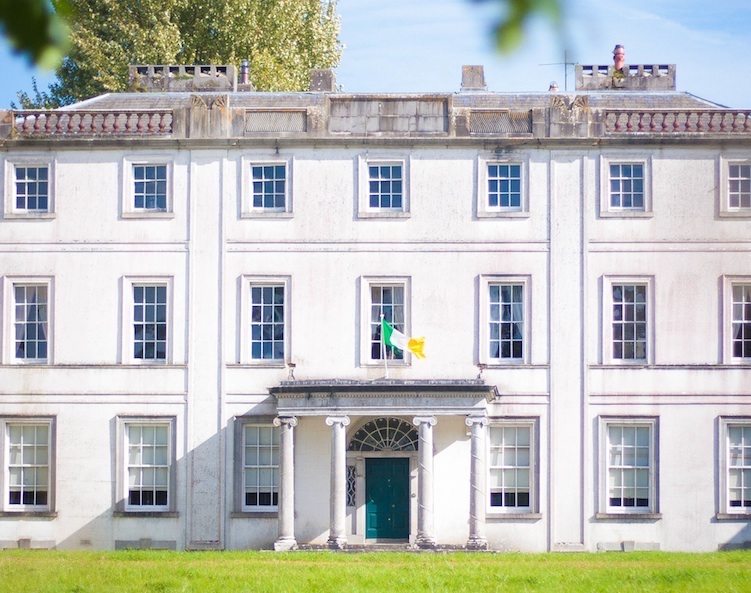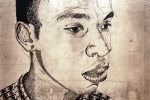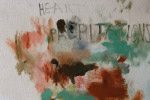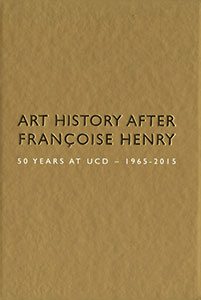
E DS Carla Briggs, Nicky Figgis, Lynda Mulvin, Paula Murphy
DS Carla Briggs, Nicky Figgis, Lynda Mulvin, Paula Murphy
Gandon Editions, 2016
pp 208 fully illustrated h/b
€29.00 ISBN: 978-1-910140-12-3
Peter Murray
Tracking the origins of art history as an academic discipline in Ireland is not easy, as it is so often entwined with other areas of research. Archaeology and antiquarian studies thrived in the 19th century, but remained distinct from the world of art as represented by Renaissance or Baroque paintings in the National Gallery. It was not until the arrival of Fran√ßoise Henry in Ireland in the late 1920s that things began to move. A graduate of the √âcole de Louvre, where she had studied under Celticist Henri Hubert, Henry cycled around Ireland, photographing high crosses and monastic remains. Her 1933 book Irish Art in the Early Christian Period was an international success and Henry obtained a teaching post at University College Dublin. She expanded the understanding of art history to encompass different strands that existed up to that time. Initially teaching within archaeology, she went on to found a separate department, the History of European Painting. To celebrate fifty years of Henry’s achievement, academic staff of what is now titled the School of Art History and Cultural Policy, have contributed essays to a handsome volume, published by Gandon Editions.
With an introduction by Professor Kathleen James-Chakraborty, the list of contributors is impressive and includes, along with the editors, past and present staff members, notably John O’Grady, Philip Cottrell, Alistair Rowan, Christine Casey and Emily Mark-Fitzgerald. Eileen Kane writes about ‘an anti-pope’s personal private prayer-book‚’ while John Loughman reassesses Jordaens Veneration in the National Gallery of Ireland. Lynda Mulvin looks at collectors and collecting within a Classical framework, while Nicola Figgis brings to light the activities of George Berkeley, Robert Fagan and other Irish antiquarians and authors exploring Sicily in the 18th century. Róisín Kennedy writes about Ernie O’Malley’s time in Mexico, when he was part of the group of avant-garde artists who gravitated around Taos, New Mexico. Ignored by the Irish art establishment for many years as an IRA activist, O’Malley’s reputation as a radical voice in the Irish cultural world of the 1920s-40s has been restored, largely by O’Malley’s son Cormac, who has done great work in making his father’s writings and ideas available to a new generation of readers. Pat Cooke writes about the controversy surrounding the proposed sale of Beit paintings from Russborough House, pointing out that the public interest is not best served with the current plethora of different agencies, each charged with the care and preservation of a separate part of Ireland’s cultural and architectural heritage. The head of the UCD School, Nicola Figgis, and senior lecturer Paula Murphy, were recently awarded the Royal Irish Academy gold medal for their achievement in guiding the Yale/RIA Art and Architecture of Ireland through a decade of research and writing, to publication in 2014. The RIA award exemplifies the high standard in art history that has been maintained at UCD over the past half century, and is amply represented in this fine volume.
Peter Murray is co-editor of Art and Architecture of Ireland Volume V: Twentieth Century (Yale University Press 2014).
